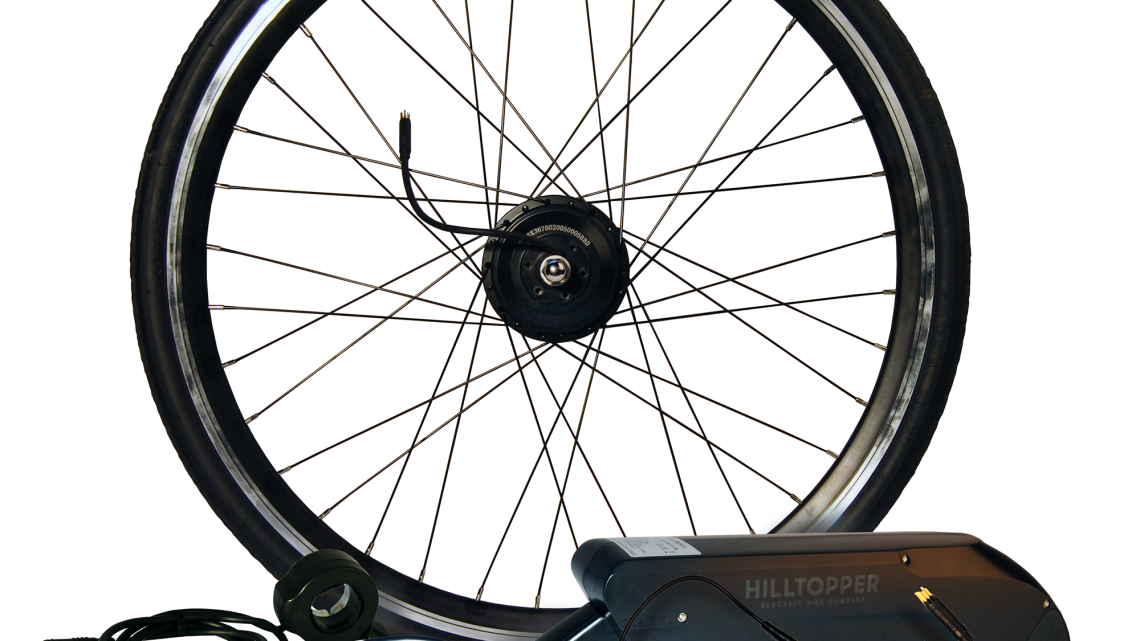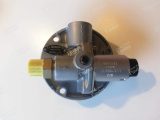
Electric Motorcycle Conversion Kits: Your DIY Path to an Eco-Friendly Ride
November 17, 2025The throaty roar of a gasoline engine is iconic, sure. But there’s a new kind of thrill whispering on the streets—the instant, silent torque of an electric motorcycle. For many riders, the price tag of a brand-new electric bike is a significant barrier. That’s where the beautiful, greasy-knuckled world of DIY electric motorcycle conversion kits comes in.
Imagine taking your beloved old gas-guzzler and giving it a second life as a clean, modern machine. It’s not just a project; it’s a transformation. Let’s dive into what it takes to convert your motorcycle to electric and whether a DIY electric bike project is the right road for you.
Why Convert? The Allure of the Electric Cafe Racer or Bobber
So, why would anyone choose to spend their weekends elbow-deep in wiring and batteries? Well, the reasons are more compelling than you might think.
First, there’s the cost. A motorcycle EV conversion can cost a fraction of a new electric motorcycle. You’re saving on the chassis, the frame, the suspension—all the parts that give your bike its character. You’re only paying for the powertrain.
Then there’s the customization. This is the big one for tinkerers. You’re not limited to a manufacturer’s vision. Want to build a brutally fast electric cafe racer from a 70s Honda? Or a sleek, minimalist electric bobber? The choice, and the challenge, is entirely yours. It’s the ultimate expression of mechanical creativity.
And of course, let’s not forget the environmental and practical benefits. Zero tailpipe emissions. Drastically reduced maintenance (no more oil changes, spark plugs, or carburetor jets to clean). And the sheer, unadulterated joy of riding something you built with your own two hands.
What’s in the Box? Understanding Electric Motorcycle Kit Components
Okay, let’s get down to the nuts and bolts. A typical electric motorcycle conversion kit isn’t always a single, magic box. Often, you’ll source components separately. Here’s the core cast of characters you’ll need to assemble:
- The Motor: This is the heart of your new machine. Hub motors (built into the wheel) are simpler, while mid-drive motors (which use the bike’s existing chain or belt) often offer better torque and handling.
- The Battery Pack: The fuel tank. This is the single most expensive and important component. Lithium-ion (LiFePO4 is a popular, safe choice) is the standard. Capacity is measured in kilowatt-hours (kWh), which directly dictates your range.
- The Controller: The brain. This little box takes your throttle input and dictates how much power to send from the battery to the motor.
- The Throttle and Display: Your interface. A twist-grip throttle and a small screen to show battery level, speed, and other data.
- A Bunch of Wires, Connectors, and Mounting Hardware: The circulatory system. It holds everything together and makes it talk.
A Quick Comparison: Hub Motor vs. Mid-Drive
| Feature | Hub Motor | Mid-Drive Motor |
| Installation | Easier; bolts into the wheel hub | More complex; integrates with the swingarm and drivetrain |
| Performance | Good for flat terrain, lower top speeds | Excellent torque, better for hills, can use the motorcycle’s gears |
| Handling | Adds unsprung weight to the rear wheel | Better weight distribution, more natural motorcycle feel |
| Cost | Often less expensive | Typically more expensive |
The Real Deal: What a DIY Conversion Project Actually Feels Like
Here’s the honest truth. This isn’t Lego. A DIY electric motorcycle project is a serious undertaking that demands a blend of mechanical, electrical, and fabrication skills. You’ll need to be comfortable with tasks like welding custom motor mounts, managing high-voltage systems safely, and problem-solving when things… don’t quite fit.
The process, broadly, looks like this:
- Strip the Donor Bike: You’ll remove the engine, gas tank, exhaust, carburetor, and all associated plumbing. This is the cathartic, “point of no return” moment.
- Fabricate and Mount: This is where you’ll need a good drill press, maybe a welder, and a lot of patience. You’re creating a new home for the motor and a secure, safe box for the heavy battery pack.
- The Electrical Dance: Wiring it all up according to the diagram. It can look like a spaghetti nightmare, but with careful labeling and routing, it becomes a work of art. Safety note: always, always disconnect the battery when working on the system.
- The Moment of Truth: The first power-on. It’s a mix of excitement and pure terror. If all goes well, a quiet hum replaces the expected roar.
The community is your best friend here. Online forums are overflowing with build logs, photos, and people who have solved the exact problem you’re staring down. Don’t be afraid to ask questions.
Is This For You? Weighing the Passion Against the Practical
Let’s be real for a second. A converting motorcycle to electric project isn’t for everyone. Before you drain your bank account and cover your garage in parts, ask yourself these questions:
- What’s my skill level? Are you a confident mechanic? Do you understand basic DC electronics? If not, the learning curve will be steep.
- What’s my budget? Kits can range from a couple thousand to well over $10,000 for high-performance components. And that’s before the donor bike. Unexpected costs always pop up.
- What are my range expectations? Be realistic. Most DIY conversions offer a range of 30-70 miles per charge, depending on speed, terrain, and battery size. It’s perfect for a commuter, not for a cross-country tour.
- What about legality and registration? This is crucial. Regulations vary wildly by state and country. You’ll need to ensure your converted vehicle is street-legal and can be properly registered and insured.
That said, if you’re the kind of person who finds satisfaction in the struggle and glory in the creation, there are few projects more rewarding. The first time you twist the throttle and surge forward in near-silence, you’ll feel it. You didn’t just buy a motorcycle; you willed it into existence.
The Final Turn: More Than Just a Machine
An electric motorcycle conversion is more than a cost-saving hack or an environmental statement. It’s a deeply personal journey into the soul of your machine. You learn every bolt, every wire, every nuance of its new electric personality.
It’s a statement against disposable culture—a testament to taking something old and infusing it with a new, forward-thinking spirit. The road ahead is quiet, powerful, and built by you.





